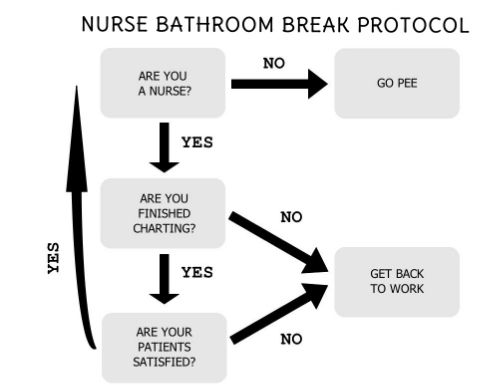As a hospitalist, I can say with confidence that taking care of an elderly patient with volumes of medical records is easier than taking care of a young patient with volumes of medical charts to review. I find the medical conditions, the psychosocial issues, the family relationships and the complexity of the medical plan much easier to navigate for our elderly sick than for our young sick population. In general, I find the coping mechanisms of our young and chronically ill patients to be more difficult for health care providers to navigate. Perhaps that has to do with a level of immaturity that only experience can overcome by both. When young patients get sick, doctors and nurses are often forced outside of their comfort zone of communication. Young patients with thick charts and frequent health care contacts will be considered complex patients for the rest of their lives.
By definition, any attempt at reviewing their medical records will end in sighs of defeat by doctors and nurses. Think of it as the chart thickness : age ratio. The thicker the medical chart and the younger the patient, the more likely the patient will be referred to every medical and surgical subspecialty known to man. That's because physician, patient, and family expectations and confidence in the medical plan is inversely proportional to the age and thickness of the medical chart that needs to be reviewed. Most physicians, who are being honest with themselves, will agree. Are you only 22 years old and have a medical chart with only 10 pages to review? Your internist will more than likely attempt to tackle your complex set of circumstances with a combination of confident watchful waiting and routine standard of care evaluations. Are you 22 years old with 14 charts, no diagnosis, a history of seeing 12 subspecialists all saying they have nothing to offer and 42 unanswered questions at 5pm on a Friday afternoon? Than I am confident your internist will deploy this medical chart review sign and send you to the nearest ER to make them your problem.
To better help other health care practitioners understand the big picture, no longer should the astute internist document, "Patient appears older than their stated age", a time honored tradition of stating some patients have lived a hard life. That statement alerts the physician that patient age should not be used for prognostic purposes in this case. Instead, I recommend the astute physician start documenting, "Patient's chart appears thicker than their stated age". That statement alone alerts other physicians they should plan on canceling their clinic to bath in the sea of pain they have been asked to participate in. If you are young and you have lots of medical records, it's important for you to be aware of the personal emotional toll thick charts take on the physician's psyche.
More is not always better. The thicker your volume of records, the less likely physicians are to tackle your problem and the more likely they are to refer you on to other physicians, thereby creating a positive paperwork feedback loop that can have devastating consequences to your health and prognosis. If you don't believe me and you are this patient I am describing, I am more than willing to refer you on to another physician who can better help you understand the dilemma you find yourself in, as this original Happy Hospitalist medical ecard helps to explain.
"Patients chart appears thicker than her stated age."

This post is for entertainment purposes only and likely contains humor only understood by those in a healthcare profession. Read at your own risk.
Tweet
source : http://thehappyhospitalist.blogspot.com, http://dailymotion.com, http://log.viva.co.id


0 Response to "Medical Chart Review Sign As A Marker of Prognosis. #46398"
Post a Comment